Bark's Bites: On Used Cars, Transparency Is A Myth

I always buy new. I know, I know.
There’s a financial wizard of the Internet around every corner, ready to pounce and scream “DEPRECIATING ASSET” at me. But the reality is that I — like most shoppers — like to get a good deal when I buy anything, and that includes five-figure investments. Also, like most car buyers, I feel that “good deal” really means “the dealer didn’t make a dime on me.” Yes, I know that car dealers need to make money on used car sales to stay in business (and to continue perpetuating the myth that they don’t make any money on new car sales), but that doesn’t mean I’m their mark. On a new car, I can know with 100-percent certainty if I got a good deal.
When one of my Twitter followers asked me why the dealer’s cost isn’t the starting point for negotiation on a car, I quickly replied (as I was walking to dinner) that “used cars have recon cost.” However, upon further reflection, I realized that’s just the tip of the iceberg and if a Twitter user didn’t know why used car costs are so nebulous, most of y’all probably don’t know either. Transparency on used cars simply doesn’t exist, and it never will. Here’s why.
Unlike new cars on which anybody with an internet connection can get the invoice price, a used car’s price is more difficult to pin down. It’s not just as simple as looking at the transaction price at the auction or the trade-in value given to the car’s original owner. Several other factors come into play when determining how much a dealership has invested in the cost of a used car.
There are several paths that a used car can take on the way to the dealership, but the most typical ones are trade-ins and auctions. When a dealer acquires a vehicle, it’s quite rare that it’s in “showroom-ready” condition. Nearly all used cars require reconditioning, or “recon” for short. At the very least, this includes tires and brake pads, but it can mean much more and done differently depending on the dealer.
A franchise store that is buying a late-model car from its own marque may choose to bring the car all the way up to Certified Pre-Owned status. Dealers have to pay a fee to the OEM to certify a car, a quite lengthy and expensive process. Not all cars will qualify, either, depending on condition and mileage (pro tip: if you see a late-model used car on a franchise lot that isn’t certified, run very fast in the other direction). There’s significant cost involved in making a car CPO, so there is a significant delta between what the dealer paid for the car and the dealer’s real cost of that car. So while you might think that a dealer would make more money on CPO, because it’s typically more expensive, the truth is that many franchise stores don’t care for selling CPO, and some don’t do it at all. In fact, the only reason that many dealers sell CPO is because the OEM requires it to receive quarterly and annual bonuses.
An independent dealer might be more likely just to slap an “AS IS” sticker on the window and sell it directly to the customer with little to no reconditioning whatsoever. I remember working with a truck store in Michigan that did exactly that. It would even tell the customer that the truck had some specific problems and then let the customer decide if he wanted to buy the truck and pay to have the issues fixed.
So whatever the cost a dealer paid for the car on trade, add reconditioning costs to that, anywhere from $350-2,000+. Keep in mind, most franchise stores’ service departments charge the used car department retail prices on labor and parts. It’s common for a service manager to call the Used Car Manager his “best customer.”
Why the rush to get inventory on the lot? Because holding costs are a bitch. What’s a holding cost? So glad that you asked.
A holding cost is the amount of money that it costs a dealer to actually have the car on the lot. Go read this and come back. Most dealers don’t know how to actually calculate holding costs. Some of them think that if they don’t floorplan, then they don’t have any holding cost at all. I call those people morons.
So the longer it takes to recon a car, the greater the holding cost. Smart dealers try to get the car on the lot within 72 hours of arrival. If you’re trying to think of how this impacts the “cost” of the car, figure on adding a minimum of $30 a day to the original cost, plus recon.
Smart dealers factor in advertising costs as well. The average advertising cost of a used car is about $150 per car, but that can vary depending upon how much traditional and digital advertising the dealership is doing.
As you can see, it’s not as simple as the dealer just turning his computer screen around and pointing to a number. If he did that, he’d assuredly be selling you the car far below his real cost.
So how can you battle all of this as a customer? It’s easy to get frustrated. If the dealer isn’t going to be transparent with you, you have no incentive to be transparent in return. However, you’re not doing yourself any favors by saying, “Well, I don’t know if I’m financing or paying cash,” or, “I won’t tell you if I have a trade until after you give me a price for my car.” It’s not the salesman’s fault he or she can’t give you a cost on the used car. Dealers simply aren’t adept at calculating their real money invested in used cars.
Use tools like KBB and Black Book to determine the market value of a car, then ask the dealer to see the invoice for performed recon work — trust me, there’s one in the accounting office even if they say there isn’t. Ask for a PPI and make sure that there’s no other work that needs to be done. Use third-party sites to compare prices. Go to CarGurus and see how long the car’s been on the lot.
But even with all that, it’s still tough to know if you’re getting a great deal. Which is why, at the end of the day, I’ll always feel more comfortable buying new.

More by Mark "Bark M." Baruth
Latest Car Reviews
Read moreLatest Product Reviews
Read moreRecent Comments
- Analoggrotto I hope the walls of Mary Barra's office are covered in crushed velvet.
- Mikey For 36.4 years i punched the clock at GM Canada.. For the last 15.5 years (frozen at 2008 rates) my GM pension shows up in my account. I flirted with Fords for a couple of years but these days I'm back to GM vehicles and still qualify for employee price. Speaking as a High School drop out ..GM provided myself and family a middle class lifestyle.. And still does .. Sorry if i don't join in to the ever present TTAC ..GM Bash fest
- Akear Does anyone care how the world's sixth largest carmaker conducts business. Just a quarter century ago GM was the world's top carmaker. [list=1][*]Toyota Group: Sold 10.8 million vehicles, with a growth rate of 4.6%.[/*][*]Volkswagen Group: Achieved 8.8 million sales, growing sharply in America (+16.6%) and Europe (+20.3%).[/*][*]Hyundai-Kia: Reported 7.1 million sales, with surges in America (+7.9%) and Asia (+6.3%).[/*][*]Renault Nissan Alliance: Accumulated 6.9 million sales, balancing struggles in Asia and Africa with growth in the Americas and Europe.[/*][*]Stellantis: Maintained the fifth position with 6.5 million sales, despite substantial losses in Asia.[/*][*]General Motors, Honda Motor, and Ford followed closely with 6.2 million, 4.1 million, and 3.9 million sales, respectively.[/*][/list=1]
- THX1136 A Mr. J. Sangburg, professional manicurist, rust repairer and 3 times survivor is hoping to get in on the bottom level of this magnificent property. He has designs to open a tea shop and used auto parts store in the facility as soon as there is affordable space available. He has stated, for the record, "You ain't seen anything yet and you probably won't." Always one for understatement, Mr. Sangburg hasn't been forthcoming with any more information at this time. You can follow the any further developments @GotItFiguredOut.net.
- TheEndlessEnigma And yet government continues to grow....

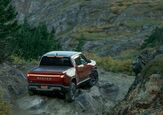














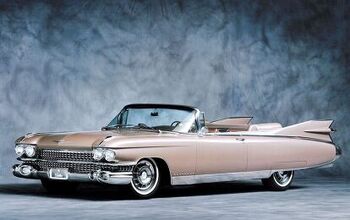
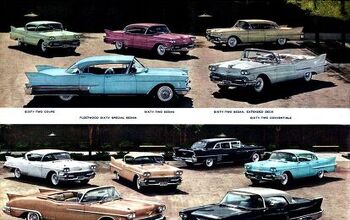
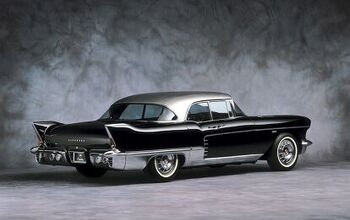
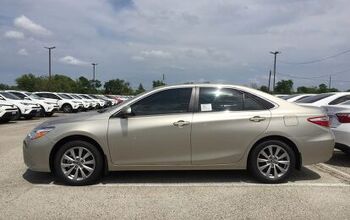
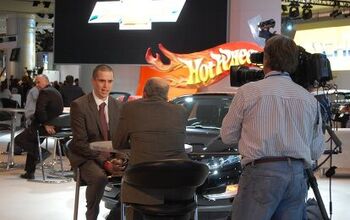

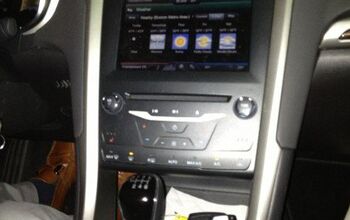
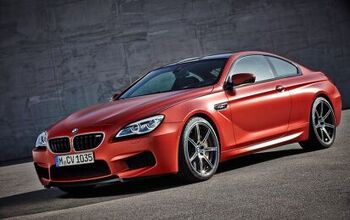

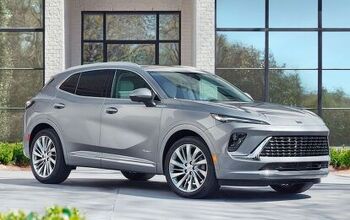
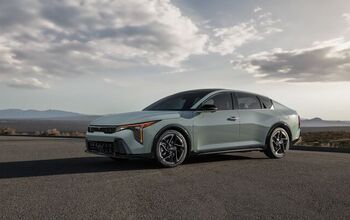
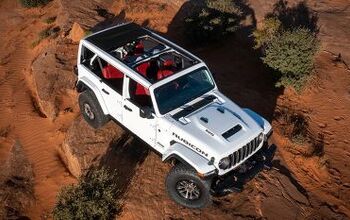



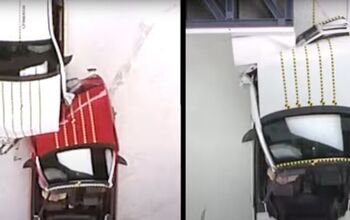
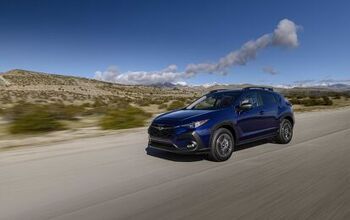

Comments
Join the conversation
when I leased my 2013 Ford Edge Limited, I traded in my immaculate 2005 Mustang GT convertible (premium) which had 28,000 miles on it. I had tried selling it myself, but at a $15k-$17k price point, it was a tough sell in the private sale market. Most people buying such a car will want to finance, & thus easier to go through a dealership. CarMax offered me $13k for it. The dealership offered the same... so I ended up taking it. A week later I drove by the dealership, & right out front was my Mustang with a $22k price tag on it. I thought to myself... "good luck with THAT!" Sure, I had hoped to get more for it... but I had only paid $16k for it 4 years earlier. So the mustang cost me $750 a year while I owned it. I can live with that. As long as you buy smart, you can make out ok...
Learned years that CarFax means nothing but anything reported to the insurance. Bot my old 2005 as pre-owned with remaining warranty from an auto dealership but it had 20k miles for a 8 month old auto (former Enterprise rental as the info was left in the glove compartment!) but had to 'pay' for extended warranty to make it a 'CPO'. A year later or so, brought it to a shop and the technician said that the car had some rear end damage that was basically fixed but was sloppy, which I figured out before then. Thank good for buying the extended warranty and the next one after as it lasted >10 yrs! Nothing wrong with buying new except for paying a higher price. Expect to keep it for at least 10 years so it'll pay for itself in the future. I'm wary of buying used as you never know the history of the used vehicles. Generally, if 36k miles (i.e. former salesperson's car), the dealership would include only a 1 year extended warranty or so and you'll have to buy a longer warranty coverage. Now if I can find a decently used truck (F-150 or Silverado) for a reasonable price, which is difficult considering the hot market for trucks and that many have both high mileage and questionable conditions depending on the former owner's usage of the truck. I want it to last at least another 5 years.